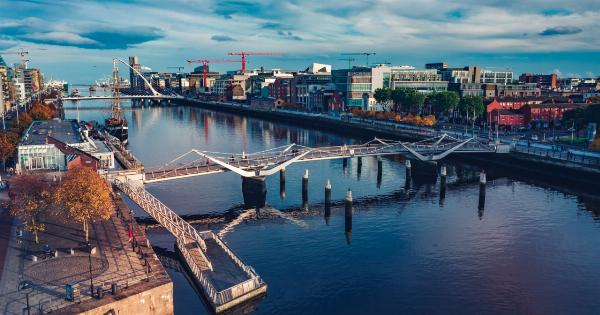Exposure to vehicle traffic noise has become increasingly prevalent in urban areas across the globe.
With the rapid growth in urbanization and transportation networks, individuals are constantly exposed to high levels of noise pollution, which can have detrimental effects on human health and well-being. One such effect is the impact of vehicle traffic noise on blood pressure levels.
Understanding Blood Pressure
Blood pressure is the force exerted by circulating blood against the walls of blood vessels. It consists of two measurements – systolic pressure (the higher number) and diastolic pressure (the lower number).
Blood pressure is an essential physiological parameter that is regulated by various factors, including genetic predisposition, lifestyle, and environmental influences.
Link Between Traffic Noise and Blood Pressure
Recent studies have shown a significant association between exposure to vehicle traffic noise and elevated blood pressure levels.
Prolonged exposure to high levels of traffic noise has been linked to both short-term and long-term increases in blood pressure. This relationship is particularly concerning as chronic elevation of blood pressure can lead to hypertension, a major risk factor for cardiovascular diseases.
Impact on Cardiovascular Health
Excessive noise exposure can activate the body’s stress response system, leading to an increase in the production of stress hormones such as adrenaline and cortisol.
These hormones can cause vasoconstriction, the narrowing of blood vessels, leading to a rise in blood pressure. Moreover, the constant exposure to traffic noise can disrupt sleep patterns, leading to sleep deprivation, which is another risk factor for hypertension and cardiovascular diseases.
Evidence from Research Studies
Numerous research studies have been conducted to investigate the relationship between vehicle traffic noise and blood pressure.
In a study conducted in the United Kingdom, participants living near busy roads were found to have significantly higher systolic and diastolic blood pressure compared to those living in quieter areas. Similar results were observed in studies conducted in other urban areas around the world, providing consistent evidence of the impact of traffic noise on blood pressure levels.
Individual Susceptibility
It is important to note that not everyone has the same susceptibility to the effects of traffic noise on blood pressure. Factors such as age, pre-existing health conditions, and individual sensitivity to noise can influence the magnitude of the impact.
For example, older individuals and those with existing hypertension may be more vulnerable to the detrimental effects of noise pollution compared to younger, healthier individuals.
Prevention and Mitigation Strategies
Efforts to mitigate the impact of vehicle traffic noise on blood pressure should focus on reducing noise exposure and implementing effective urban planning strategies.
This includes constructing noise barriers along busy roads, promoting the use of noise-resistant building materials, and implementing traffic management measures to reduce overall noise levels. Additionally, public awareness campaigns about the potential health risks of noise pollution can empower individuals to take necessary precautions.
Importance of Government Policies
Government policies play a crucial role in addressing the issue of vehicle traffic noise. By implementing and enforcing noise regulations, governments can ensure that noise levels from vehicles are within acceptable limits.
Furthermore, promoting the use of electric vehicles and investing in public transportation systems can help reduce traffic congestion and subsequently lower noise pollution levels in urban areas.
Conclusion
Exposure to vehicle traffic noise has a significant impact on blood pressure levels and overall cardiovascular health.
Chronic exposure to high levels of noise pollution can lead to the development of hypertension and increase the risk of cardiovascular diseases. It is essential for governments, urban planners, and individuals to take proactive measures to reduce noise pollution and protect public health.































